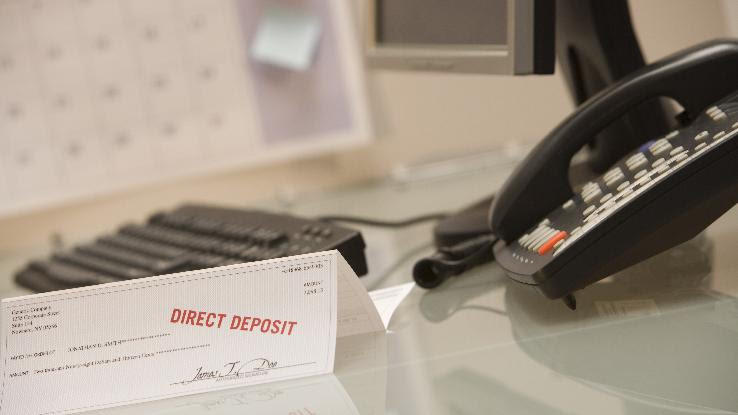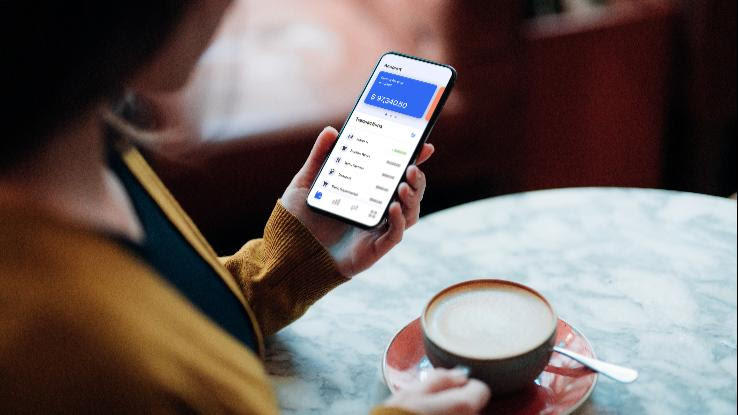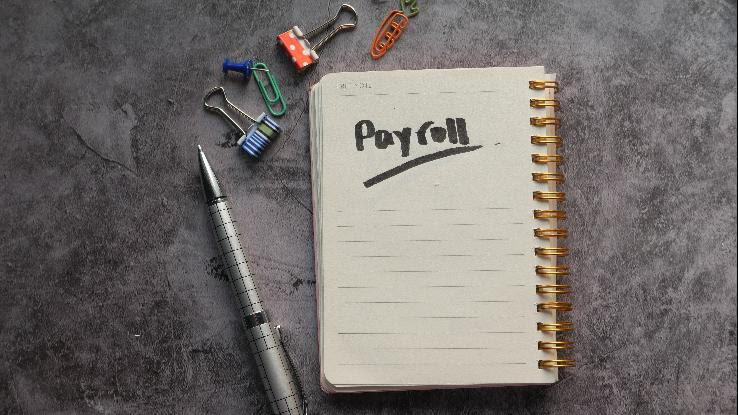
When you start working for a new employer, you usually have the option of selecting which method you want to receive your payment. For example, it could be through direct deposit or an actual, physical paycheck. Many people choose the former because of the convenience it offers.
If you decide to go the direct deposit route, there will likely be a necessary prenotification process. Also known as a “prenote”, this is an essential part of payment verification that ensures you will receive your funds through direct deposits.
How Do Prenotes Work?

In a nutshell, a prenote is a test transaction that is used to validate an employee’s bank information. These tests are sent and verified ahead of actual direct deposit payments. The purpose of them is to ensure that the information is correct. Prenotes are also necessary for the payments to be processed.
Once the bank receives the prenote information, it will enter the banking and routing numbers of the employee. Until the process is complete, the prenote status is “pending”. Once finished, the status changes to “complete”, and direct deposit payments can then be made to the employee’s bank account.
Prenotes for Direct Deposits

There are many reasons employees choose to receive their paychecks directly into their bank accounts. For example, you can usually be paid on (or sometimes even before) the company’s payday. It also eliminates the need to physically deposit the paycheck yourself after receiving it from your employer. Instead, the funds will automatically appear in your account on payday.
Direct deposits can also benefit employers in the same way. It saves them time from having to accept transactions once payments are initiated.
If an employee chooses direct deposit as their way of receiving their fund from their employer, then a prenote is necessary. Without it, they will be unable to receive their electronic payment.
Many direct deposits occur using an Automated Clearing House, also known as an ACH network. This network allows multiple financial institutions to deposit funds on payday.
Prenote Verification and Prenote Process

Essentially, a prenote is a zero payment test transaction. During the verification, no funds are actually deposited into the employee’s account. Instead, it’s just a way of confirming that the payroll processing will be valid.
During the setup process, the paperwork includes a “prenote date”. This refers to the date for when the direct deposit will be active, meaning when the employee will start receiving their funds via direct deposit.
To initiate the prenote verification process, there is also a handful of direct deposit information required. This includes the banking account and routing number of the employee, the employee’s banking account type (checking or savings), the bank address, and the account holder’s name.
Also, if the employee is married and shares a bank account with their spouse, additional verification may be required. For example, the financial institution may require both names of the spouses, as well as a voided check, to complete the prenote process.
How Long Does a Prenote Take?

How long a prenote takes depends on a variety of factors. The prenote period starts on the first banking day after setting up the direct deposit account information. Typically, the entire prenote process takes three banking days, minimum. This includes the date the direct deposit is set up. It also is usually only possible if no errors are found during the prenote test.
However, it’s important to keep in mind that the prenote process can also take anywhere between a few days and a few weeks to complete. In some cases, it could take up to four weeks to completely process all of the paperwork. This can vary based on how accurate the information is.
The more errors that occur, the longer the prenote will likely take. For example, if errors are found or there is a change to the information, a new prenote period may have to begin. Then, an electronic Notification of Change (NOC) is sent.
Then the account information can either be corrected with the same effective date or the account information is canceled. In this case, a new direct deposit setup will be required.
During the prenote test, if any of the employee’s banking account information is found to be invalid, then the employer’s financial institution is required to respond within two banking days. Each time an error occurs or a change is made, the three banking day period begins again. Therefore, the more changes that need to be made and updated to the paperwork, the longer the prenote process will take.
When Would You Get a Prenote?

You would get a prenote when you start a job with a new company. When you want to join the payroll with a new employer, the employer may offer you different payment methods.
If you wish to have your paychecks deposited into your banking account directly, a prenote is needed to verify and validate your banking account information. There are a wide variety of benefits to having your checks deposited directly into your banking account.
First, it can save both you and the employer time and effort. Rather than have to physically accept transactions or deposit funds manually, you can receive the funds instantly into your checking or savings account.
In addition to convenience, there are also security advantages. Paper checks can more easily be lost or stolen than electronic funds. Direct deposits also eliminate a paper trail. Instead, you have digital records of all transactions made and accepted between the employer and employee.
The prenote process would begin before you actually receive legitimate payment from your employer. It’s used days or weeks in advance as a testing process before adding you to the payroll.
Whether you’re an employee or employer, there are many advantages to opting for direct deposit payments. However, to validate and initiate them, you’ll need to go through the prenote process. As long as you provide accurate and updated information, this should be a relatively easy and secure process.





